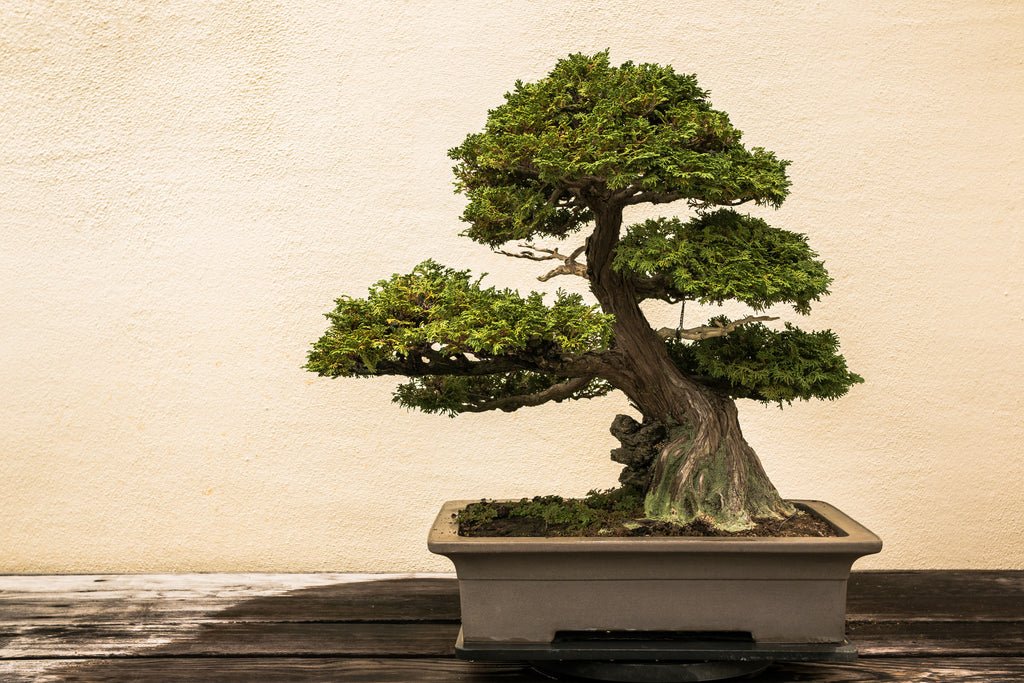Exploring Japanese Plants: A Green Paradise Guide
Japanese plants encompass a diverse array of species, unrivaled in their beauty and cultural significance. From delicate cherry blossoms to lush bonsai trees, these botanical wonders captivate admirers worldwide. Discover the enchanting world of Japanese plants, each species telling a unique story of tradition and reverence. Join us as we explore the rich tapestry of nature that Japan has to offer, with each plant whispering tales of history and harmony. Step into this botanical treasure trove and let the beauty of Japanese plants transport you to a realm of serenity and wonder.
The Beauty and Diversity of Japanese Plants
Japan is renowned for its stunning landscapes, lush gardens, and unique flora. The country’s rich botanical heritage is reflected in its diverse plant life, which includes a wide variety of native species as well as carefully cultivated ornamental plants. In this blog post, we will delve into the fascinating world of Japanese plants, exploring their beauty, significance, and cultural importance.
History of Japanese Plants
The cultivation and appreciation of plants have deep roots in Japanese culture. For centuries, the Japanese have incorporated plants into various aspects of their daily lives, from traditional tea ceremonies to religious rituals. The practice of cultivating gardens dates back to ancient times, with influences from Chinese gardening techniques.
One of the most iconic examples of Japanese plant cultivation is the art of bonsai, which involves growing miniature trees in containers. Bonsai trees are meticulously cared for and shaped to create living works of art that symbolize harmony, balance, and patience.
Symbolism and Meaning
Japanese plants are often imbued with symbolic meaning and are deeply rooted in the country’s folklore and traditions. For example, the cherry blossom, or sakura, is a symbol of beauty, renewal, and the fleeting nature of life in Japanese culture. Each spring, people gather to admire the delicate pink blossoms and celebrate hanami, the tradition of viewing cherry blossoms.
Another important plant in Japanese culture is the pine tree, which represents longevity, steadfastness, and resilience. Pine trees are commonly found in traditional Japanese gardens and are often depicted in art and poetry as a symbol of endurance and strength.
Popular Japanese Plants
1. Cherry Blossom
The cherry blossom, or sakura, is perhaps the most iconic of all Japanese plants. These delicate pink flowers bloom in abundance during the spring, transforming the landscape into a sea of pink and white. The ephemeral beauty of the cherry blossom is a powerful reminder of the transience of life and the importance of living in the present moment.
2. Japanese Maple
Known for its vibrant foliage and striking colors, the Japanese maple is a favorite ornamental tree in Japanese gardens. With its lacy leaves and graceful branches, the Japanese maple adds a touch of elegance and tranquility to any garden setting. Varieties such as the ‘Bloodgood’ and ‘Dissectum’ are prized for their unique leaf shapes and hues.
3. Camellia
The camellia is a popular flowering plant in Japan, prized for its glossy evergreen leaves and showy blooms. Camellias come in a range of colors, from pure white to deep pink and red, and symbolize love, affection, and gratitude. These versatile plants are often used in traditional flower arrangements and are a common sight in Japanese gardens.
Caring for Japanese Plants
Japanese plants are known for their beauty and elegance, but they also require proper care and maintenance to thrive. When cultivating Japanese plants, it is essential to consider factors such as sunlight, water, soil quality, and pruning techniques. Proper care will ensure that your plants remain healthy and vibrant, allowing you to enjoy their beauty for years to come.
Japanese plants are an integral part of the country’s culture and heritage, reflecting the deep connection between the Japanese people and the natural world. From the iconic cherry blossom to the graceful Japanese maple, each plant holds its own significance and beauty, adding a touch of tranquility and harmony to gardens and landscapes. By understanding and appreciating Japanese plants, we can gain a deeper insight into the rich tapestry of Japanese culture and the timeless beauty of nature.
20 Great Plants for Japanese Style Gardens
Frequently Asked Questions
What are some popular Japanese plants used in gardens?
Some popular Japanese plants used in gardens include cherry blossoms (sakura), Japanese maple trees, bonsai trees, camellias, and bamboo. These plants are known for their beauty, cultural significance, and ability to thrive in various climates.
How do I care for Japanese plants in my garden?
To care for Japanese plants in your garden, make sure to provide the appropriate amount of sunlight, water, and soil conditions specific to each plant species. Pruning, fertilizing, and protecting them from pests and diseases are also essential for their growth and health.
Can Japanese plants be grown indoors?
Yes, many Japanese plants can be grown indoors, especially smaller varieties like bonsai trees, orchids, and peace lilies. However, it is important to mimic their natural conditions as much as possible, such as providing sufficient light, humidity, and proper drainage for optimal growth.
What is the significance of cherry blossoms in Japanese culture?
Cherry blossoms, known as sakura in Japanese, hold deep cultural significance in Japan. They symbolize the transient nature of life, beauty, renewal, and the ephemeral nature of existence. The annual tradition of hanami, or flower viewing, celebrates the cherry blossoms’ beauty and the arrival of spring.
Final Thoughts
In conclusion, Japanese plants offer a unique blend of beauty and cultural significance. Their rich history and symbolism make them sought after in gardens worldwide. From delicate cherry blossoms to sturdy bonsai trees, Japanese plants captivate with their elegance and resilience. By incorporating these plants into your own garden, you can bring a touch of Japan’s serene and timeless charm to your outdoor space. Embrace the beauty and tranquility of Japanese plants to create a peaceful oasis in your surroundings.














Post Comment